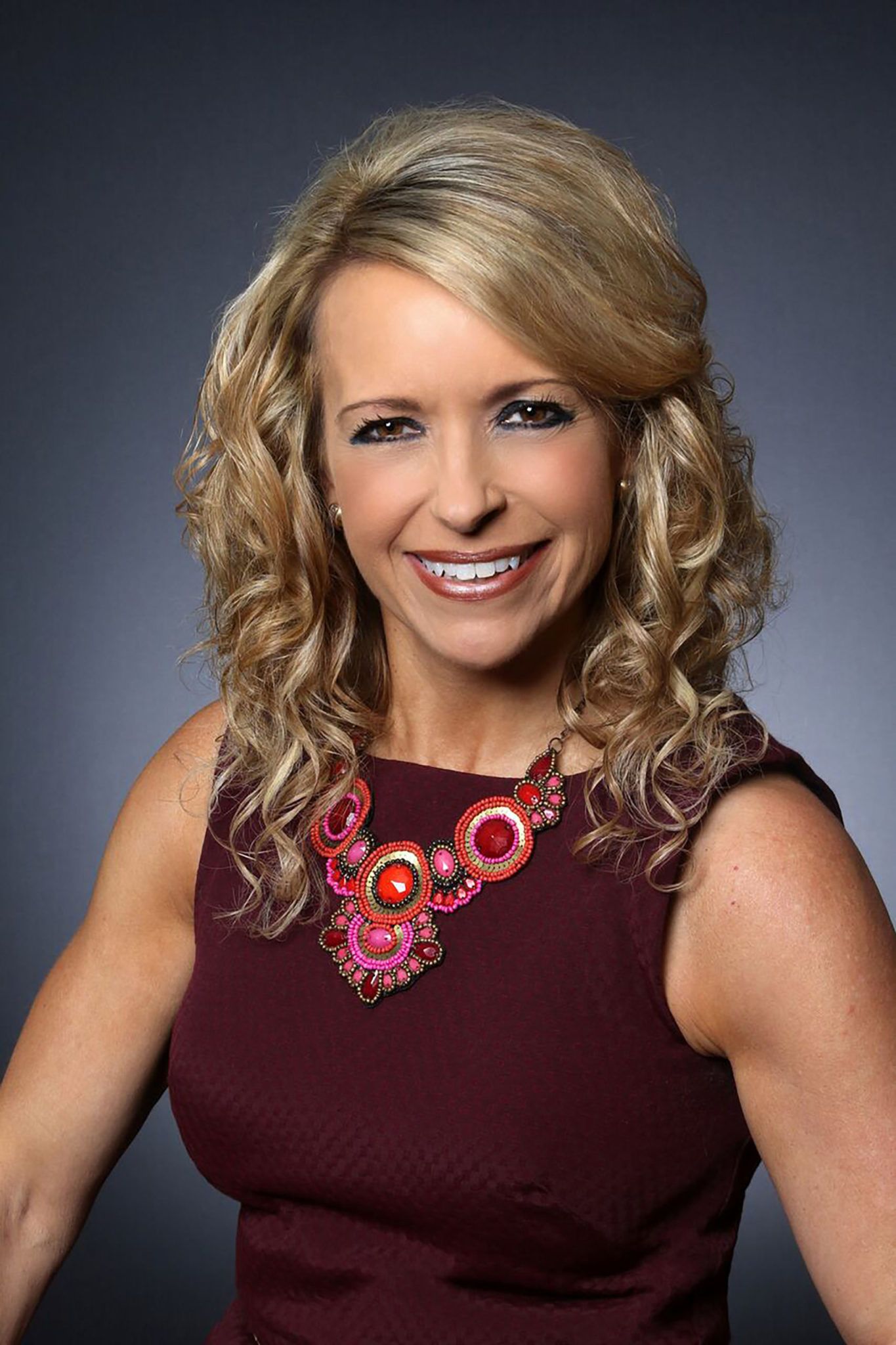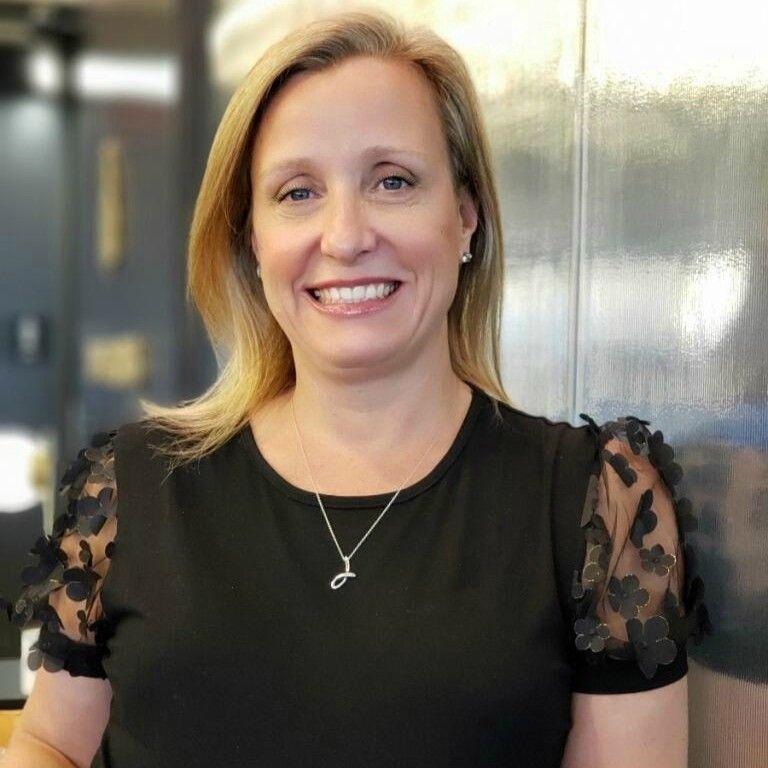“God gave you a gift of 86,400 seconds today. Have you used one to say ‘thank you?’” — William Arthur Ward
With presents, invitations, referrals, hostess gifts and more having been shared throughout the year, resist letting the fullness of your schedule override the fullness of gratitude you have … and how it can be shared. A text or email showing your thanks is OK, and yet a thank-you note goes a long way in showing personal appreciation. While there is no wrong thank-you, there is an ART to expressing gratitude in writing that connects and shares your appreciation in a way that focuses on the other person while being clear in what you took from the exchange. The ART of the thank-you note includes:
A—Address the person and the experience (no “I” as first word).
R—Reveal what made it special in words about the gift/referral/event.
T—Thank that person clearly before closing the note.
An example is:
Dear Scott:
You were so generous to include Michael and me in your suite yesterday. How kind you were to connect all of us as we enjoyed that impressive Lightning win over the Rangers. Thank you. It was especially fun to get to share in the toast you made that highlighted the direction of your company’s future, as you shared the accomplishments from the past year.
Thanks again for your generosity and I’ll look forward to seeing you in the spring!
All the best,
Debbie
For a referral, it may be similar and here is an example:
Hi Christina!
How thoughtful you were to refer Steve to me. Thank you for your confidence in me as a coach and confidant.
He and I have been in touch and without your mindfulness, we might not have met.
Included is an article about referrals entitled “Referrals, the lifeblood of a service business.” Please know this is sent with much gratitude. Kindly,
Debbie
So whether it is the same week as something occurred or far later thank-you notes, especially those handwritten, are likely to be welcomed, enjoyed and even kept. The ART of a thank-you often is a contributing factor in relationship-building. After all, being appreciated is a nice feeling, and showing appreciation is worthwhile personally and professionally.
Debbie Lundberg is a certified life coach, certified leadership coach and certified image consultant who speaks, facilitates, trains and coaches throughout the country. She is author of Presenting Powerfully, serves as an honorary commander at MacDill Air Force Base and is a recent member of the Greater Tampa Chamber of Commerce board of directors. Learn more at debbielundberg.com.










